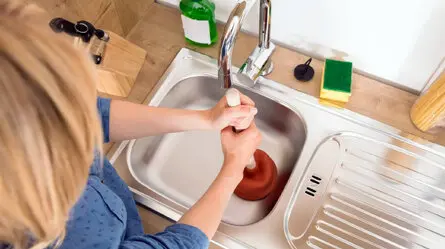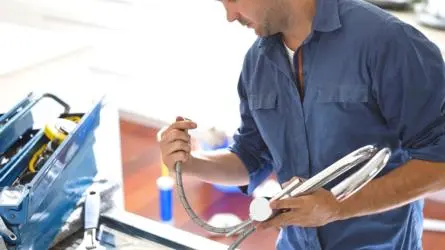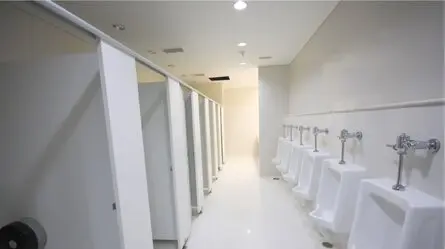A burst pipe or a cracked water line can quickly change from a minor inconvenience to a major, waterlogged disaster if you’re not able to promptly shut off the water flow. Having this crucial skill can make all the difference.
As fellow homeowners, it’s easy to delay finding out where the shut-off valves are until a plumbing emergency hits. Unfortunately, scrambling to stop gushing water when every second matters can lead to unnecessary damage. Instead, let’s take a moment now to locate these water shut-offs both inside and outside the house, and ensure everyone knows how to use them.
Whether you awake to a minor kitchen pipe leak or return home to a ruptured line unleashing a cascade, quickly twist-shutting the right valve provides damage control when racing a building flood. Severe overflow into walls or carpeting and the ensuing destruction often results more from homeowners lacking familiarity with this simple, lifesaving technique than the initial pipe problem itself.
Using an emergency water stop can save you from major headaches and minor hassles. Don’t wait for a disaster to hit; make sure your family knows where the shut-offs are and how to use them. By mastering this simple skill, you’re protecting everything valuable under your roof.
Understanding Your Plumbing System
Before diving into the step-by-step process of shutting off your water, let’s understand the key components of your plumbing system.
Your home’s plumbing is a network of pipes, valves, and taps that control hot and cold water flow. The main water shut-off valve is the control point for your home’s entire water supply line. It’s typically located where the water line enters your house – often in a utility room, crawl space, or an exterior wall in colder climates.
Locating the Main Shut-off Valve
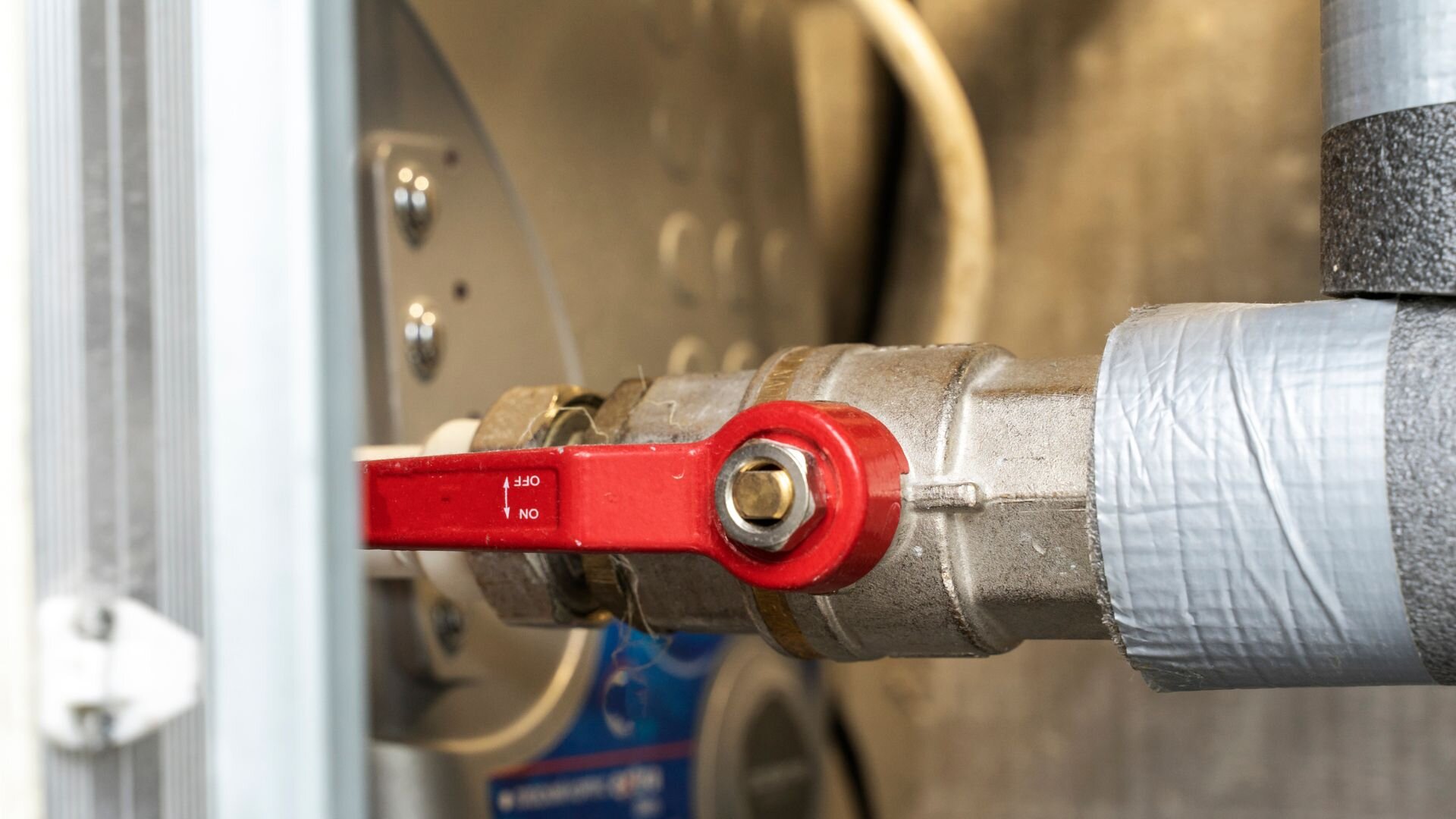
You must first locate the main water valve to shut off the water during an emergency. This valve is found inside the water meter box in many homes, especially in areas like Perth, where water consumption is a concern.
The water meter tracks your household’s water usage and is usually housed in a meter box near the street under a local council cover plate. Sometimes, the main shut-off valve may be in the same box but is separate from the water meter.
For homes with a hot water system, there will often be a separate shut-off, sometimes located in the utility room or near the water heater. This valve controls only the hot water flow to the house, which can be useful if the plumbing problems are specific to the hot water system.
Types of Valves: Ball Valve, Gate Valve, and Stop Valve
Your plumbing system may have different types of valves. Ball valves are common in newer homes and can be turned off with a simple 90-degree turn of the lever to the perpendicular position relative to the pipe. Gate valves, on the other hand, require multiple turns clockwise to close, and you might need a shifting wrench to turn the valve handle if it’s stiff.
An isolation valve, or a stop valve, controls water to individual appliances or fixtures, such as washing machines, kitchen sinks, or hose taps. For instance, if you have a water leak under your kitchen sink, turning the isolation tap clockwise will stop water flow to that area without affecting the water supply to the rest of your house.
The T-Top Isolation Tap and Other Fixture Valves
Apart from the main water shut-off valve, most homes feature a T-top isolation tap near each fixture, such as behind toilets or under sinks. These allow you to turn off the water to a specific area for plumbing repairs without affecting the entire house. It’s particularly useful for issues with fixtures like a leaky faucet or a running toilet.
Steps to Turn Off the Main Water Supply
In the event of a plumbing emergency, such as pipe bursts, follow this step-by-step process to shut off the water quickly:
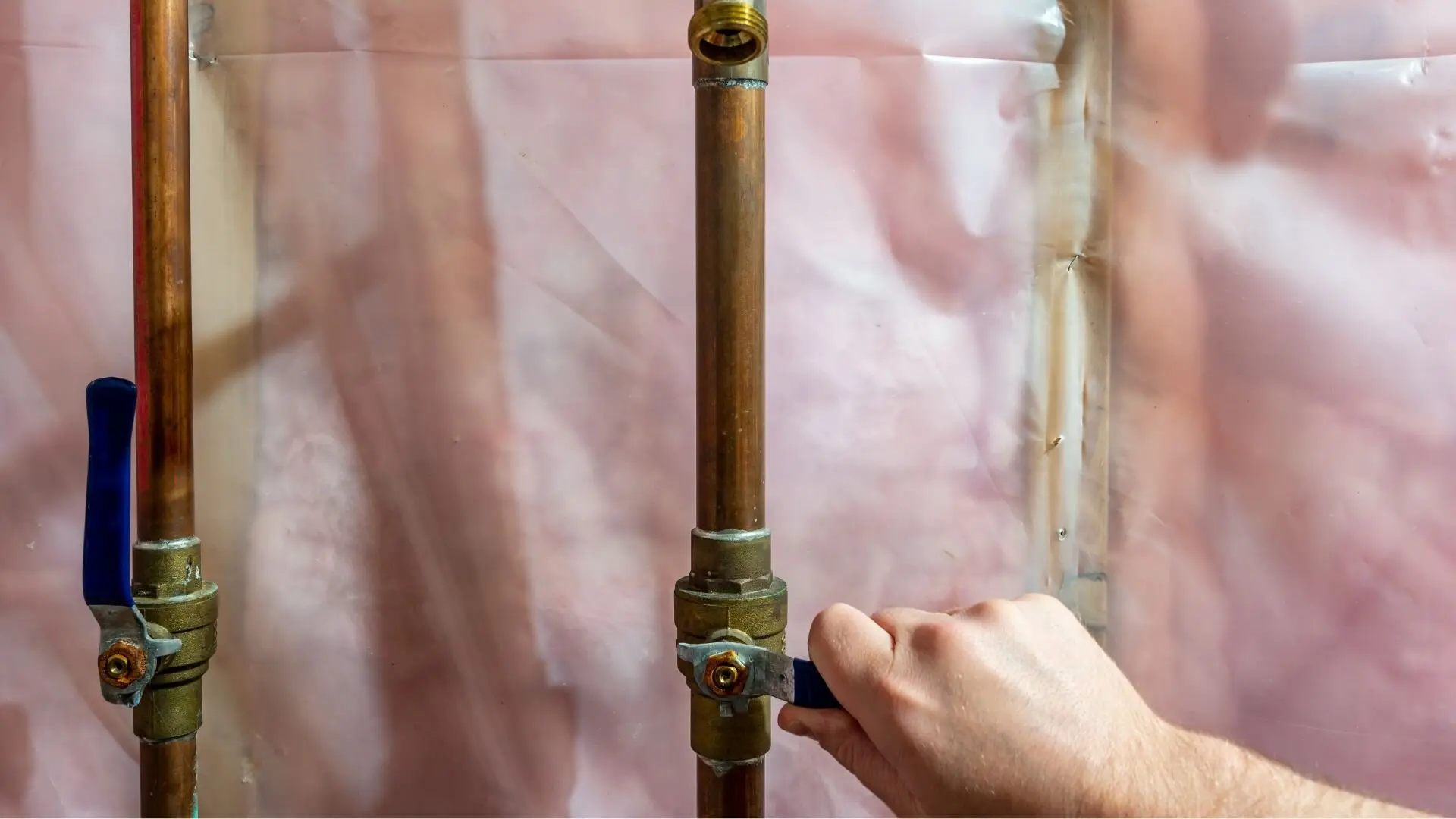
1: Locate Your Water Main Shut-off Valve
Find the main valve before an emergency occurs. Look for it in the areas mentioned earlier, such as the water meter boxes or utility room.
2: Turn the Valve Clockwise
Whether you have a ball or gate valve, the general rule is to turn the valve clockwise to stop the water flow. For a ball valve, this is a quarter turn. For a gate valve, keep turning until it stops.
3: Check for Standing Water
If standing water is present near the valve, such as in a flooded crawl space, wear protective gloves and exercise caution. If the situation seems unsafe, call an emergency plumber.
4: Turn Off Electricity
If water is near electrical appliances or the water heater, turn off the power at the breaker to avoid electrical hazards.
5: Drain Remaining Water
After the main valve is off, open a faucet on an exterior wall or the front hose tap to drain any remaining water in the system. This reduces water damage and relieves pressure on the plumbing.
6: Call a Professional Plumber
Once the immediate threat is mitigated, contact a licensed plumber to address the issue. They can perform necessary plumbing repairs and restore your system to working order.
Damage Control and Prevention
While turning off your water is a crucial first step, there are additional measures to limit water damage:
- Know the Location of All Valves: Familiarise yourself with the location of all valves, including the main shut-off valve, individual meter valves, and isolation valves. Ensure everyone in the household knows these locations, too.
- Regular Maintenance: To catch leaks early, regularly inspect your plumbing system, particularly the water heater, washing machines, and under sinks.
- Insulate Pipes: In colder climates, protect your pipes from freezing with proper insulation, reducing the risk of a burst pipe due to ice.
- Emergency Kits: Keep a tool kit with a shifting wrench, valve handles, and protective gloves readily accessible for quick response.
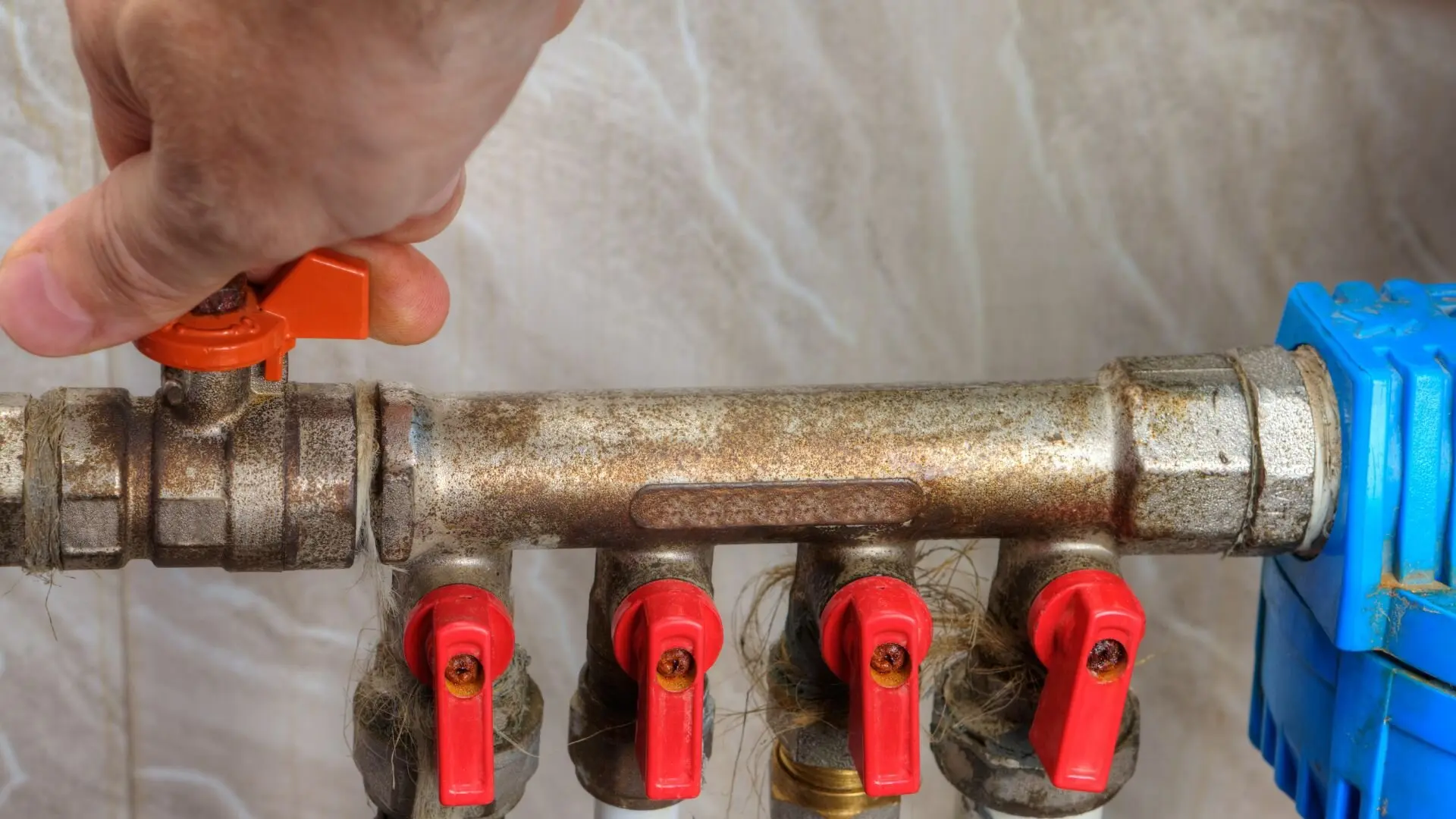
Woolf Plumbing to the Rescue
When plumbing emergencies arise, quick action is essential. Knowing how to shut off the water supply to your house can mean the difference between a quick fix and extensive water damage. At Woolf Plumbing & Gas, we understand how critical timely intervention is during these situations.
Not sure about any part of the process, or facing a plumbing emergency? Don’t hesitate to reach out. Our team of skilled plumbers is ready to tackle everything from emergency plumbing repairs to preventative maintenance, keeping your plumbing system in top condition.
Remember, Woolf Plumbing & Gas is your trusted partner in times of trouble for quick, effective solutions and peace of mind. Contact us for any plumbing needs and safeguard your home against the unexpected.
FAQ’s - Shutting Off Your Water
Why should I know how to shut off my water?
Understanding how to shut off your home’s water supply can prevent catastrophic flooding and serious water damage, whether it’s a burst pipe, a leaky fixture, or any other plumbing crisis.
How do I shut off the water?
Gently turn the valve to the right or clockwise until it won’t turn anymore. This will stop the water. Don’t push it past this point, as you could damage the valve.
Should I shut off all fixtures?
Yes, after closing the main valve, make sure to turn off all taps and close valves on fixtures. This helps fully drain the pipes, preventing any leftover water from causing damage.
When is it safe to turn the water back on?
Do not turn the main valve back on until the broken fixture or pipe is repaired. Turn it on slowly and check for leaks.


